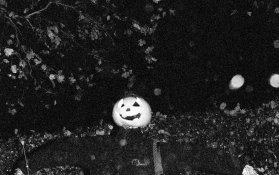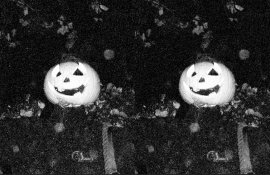I've used Plusteks since 2009 - 7600i which I still have and 8200 which 'passed away' within a year of its purchase and I've not bothered to replace it. This year I returned to mass scanning (30,000+ negatives and slides to be checked and the best scanned before a determined and disciplined cull to downsize my film archives by 50%) I took the time to reread the detailed instructions provided by the manufacturer and finally worked out how best to do multiple scans.
I have to say I'm reasonably satisfied with my results from the multiples - it has worked limited wonders of those negatives of mine that border on underexposed but I've found that if there aren't any details in the shadows to start with, multiple scanning won't create anything that isn't there to start with.
As #3 posted drum scanning will certainly give the finest results but as I live in Australia and I don't have the proceeds from a gold mine to invest in this, I will have to make do with my Plusteks.
Reducing the contrast by repositioning to the mid grey also helps. Many of my scans made before 2015 were too contrasty as basically I was trying to produce scans that would minimise the post processing work I had to do later. I now scan to more grey and find more detail has been coming out of those seemingly empty areas in my negatives.
The learning curve in scanning can be steep and quite to my initial dismay I also found that in the five years I had neglected my Plusteks, I had somehow forgotten more about the process than I remembered. The data is all there in the instructions but as with all such things German it can sometimes be rather an effort to find it.
I've done about 10,000 images in all and the older 7600i continues to work well. Given my experience with the 8200 I doubt I will be investing in another Plustek scanner in my lifetime, but I have to say all this scanning has certainly kept me busy at home during the Covid lockdown...









